bluemoi
Rough_Rock
- Joined
- May 19, 2009
- Messages
- 41
I heard some places manufacture certain blends of platinum. Here is what I have learned:
Anyone considering a platinum ring should be sure to ask for a quote in 95% Platinum / 5% Ruthenium (it is the same blend that Tiffany & Company uses) as this blend probably has the ideal mix of attributes with regard to hardness and scratch resistance. Because Plat/Ruthenium is harder to cast, many jewelers do not use this blend.
Conversely, 95/05 Platinum/Iridium blends are easier for the jeweler to cast and finish. What is not commonly known is the fact that this 95/05 blend of Platinum/Iridium is very soft and is therefore very prone to scratching and even bending/fatiguing in smaller sections or elements.
There was one that mentioned an S1/plat mix that I didn''t understand but they claimed to be very hard and more durable but not available anymore. Don''t know but maybe some of the experts can advise us of what is commonly used today and what to ask for when asking for a platinum setting. I am a newbie and still trying to understand the difference as I would like my engagement ring to be very strong and durable and really protect the diamond. What questions should I be asking? Anyone have any experience with the mixes mentioned or even a different mix I left out? Am very curious and this has got me rethinking about setting quite a bit. I don''t want to be confused when I go in to get the diamond set. I hope you can help.
Anyone considering a platinum ring should be sure to ask for a quote in 95% Platinum / 5% Ruthenium (it is the same blend that Tiffany & Company uses) as this blend probably has the ideal mix of attributes with regard to hardness and scratch resistance. Because Plat/Ruthenium is harder to cast, many jewelers do not use this blend.
Conversely, 95/05 Platinum/Iridium blends are easier for the jeweler to cast and finish. What is not commonly known is the fact that this 95/05 blend of Platinum/Iridium is very soft and is therefore very prone to scratching and even bending/fatiguing in smaller sections or elements.
There was one that mentioned an S1/plat mix that I didn''t understand but they claimed to be very hard and more durable but not available anymore. Don''t know but maybe some of the experts can advise us of what is commonly used today and what to ask for when asking for a platinum setting. I am a newbie and still trying to understand the difference as I would like my engagement ring to be very strong and durable and really protect the diamond. What questions should I be asking? Anyone have any experience with the mixes mentioned or even a different mix I left out? Am very curious and this has got me rethinking about setting quite a bit. I don''t want to be confused when I go in to get the diamond set. I hope you can help.

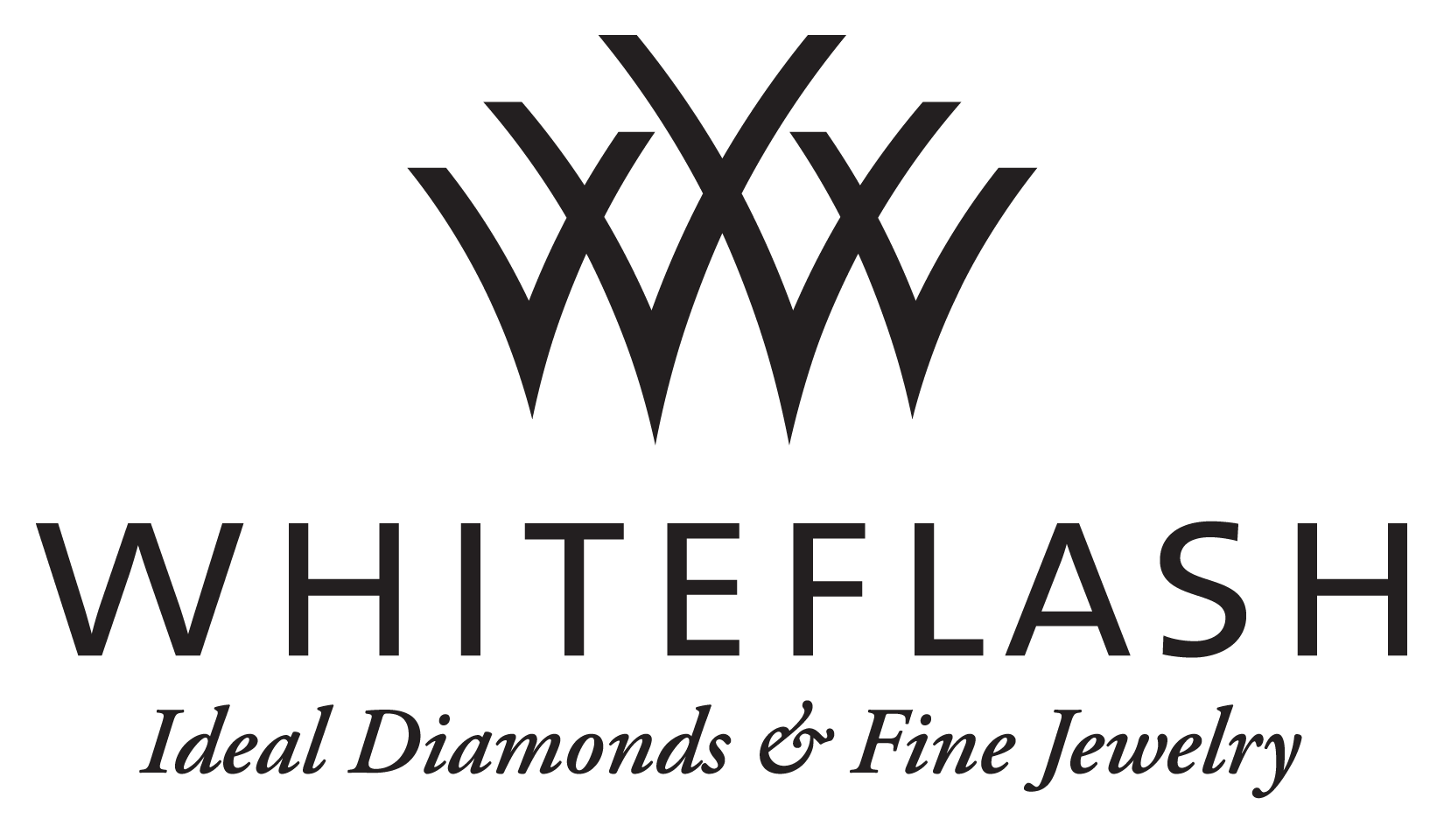
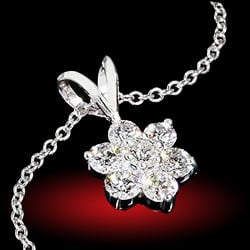
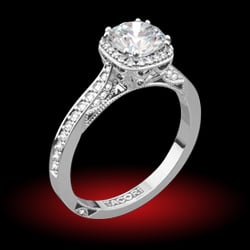
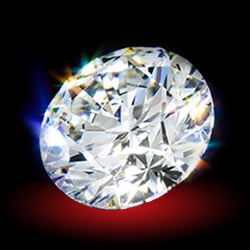

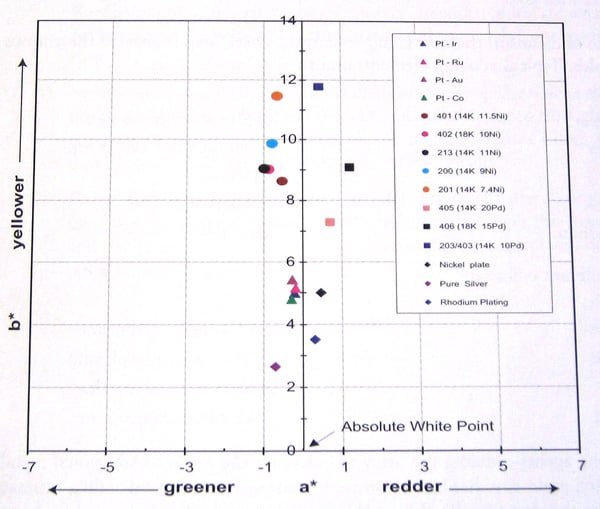

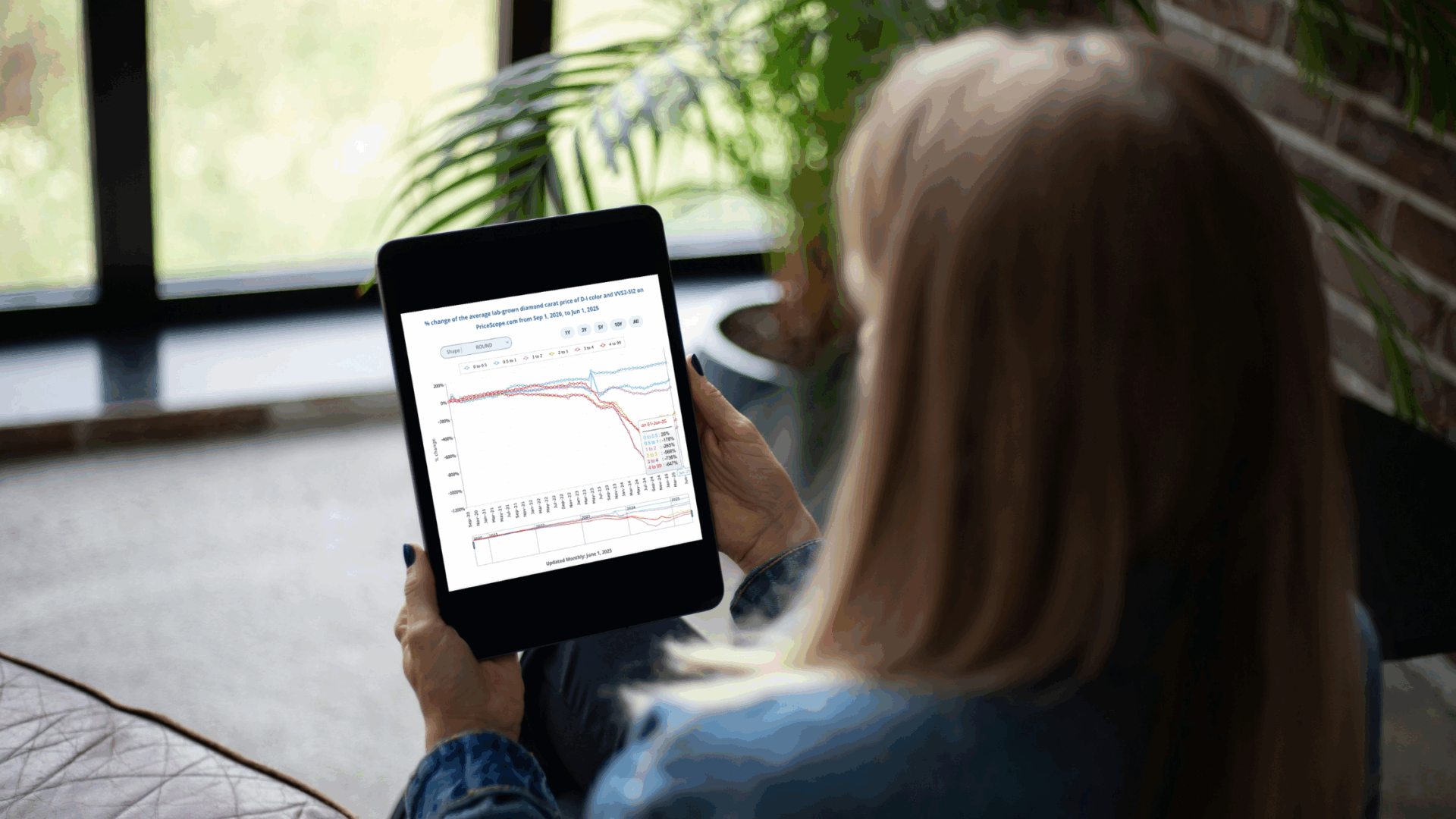

300x240.png)